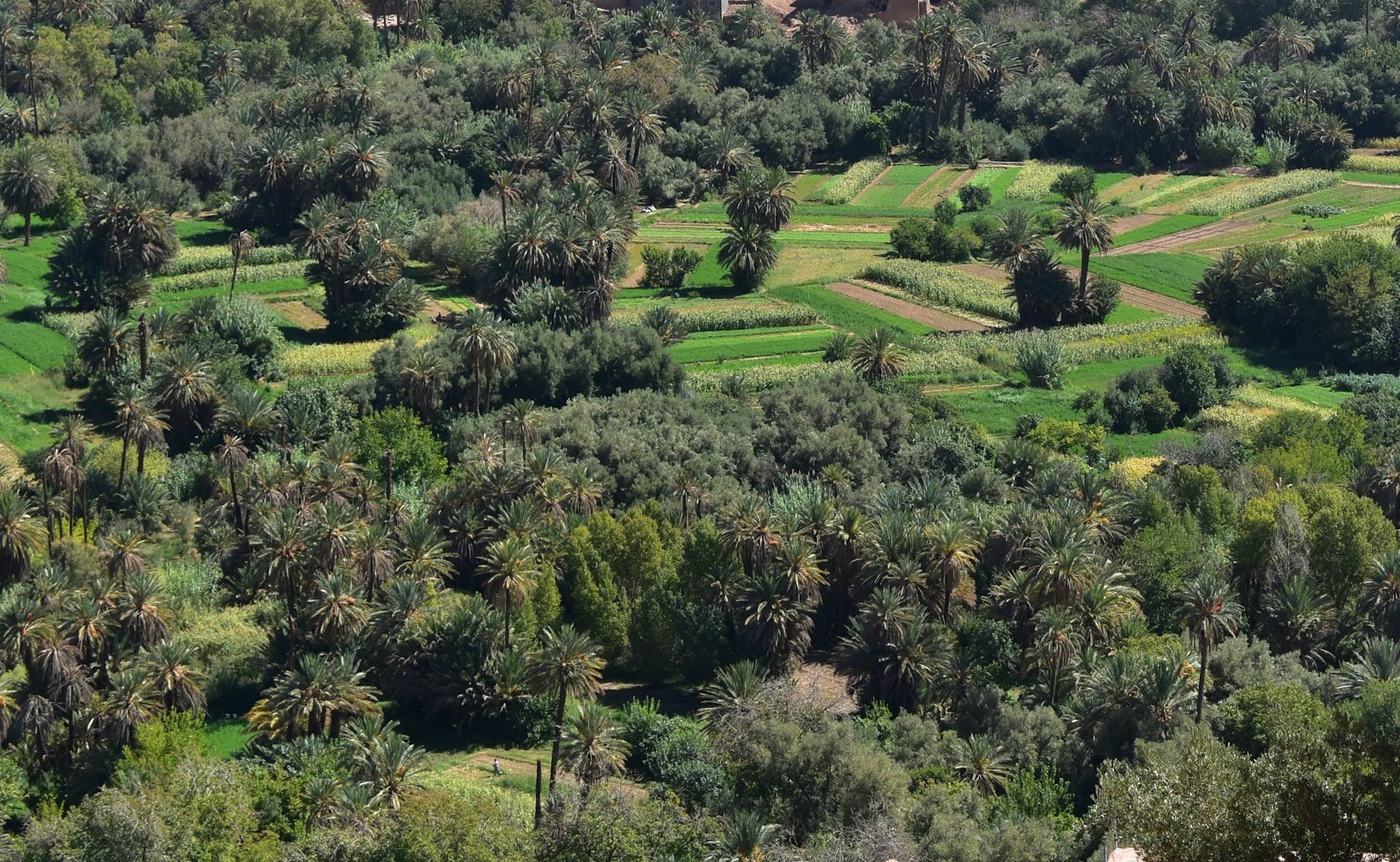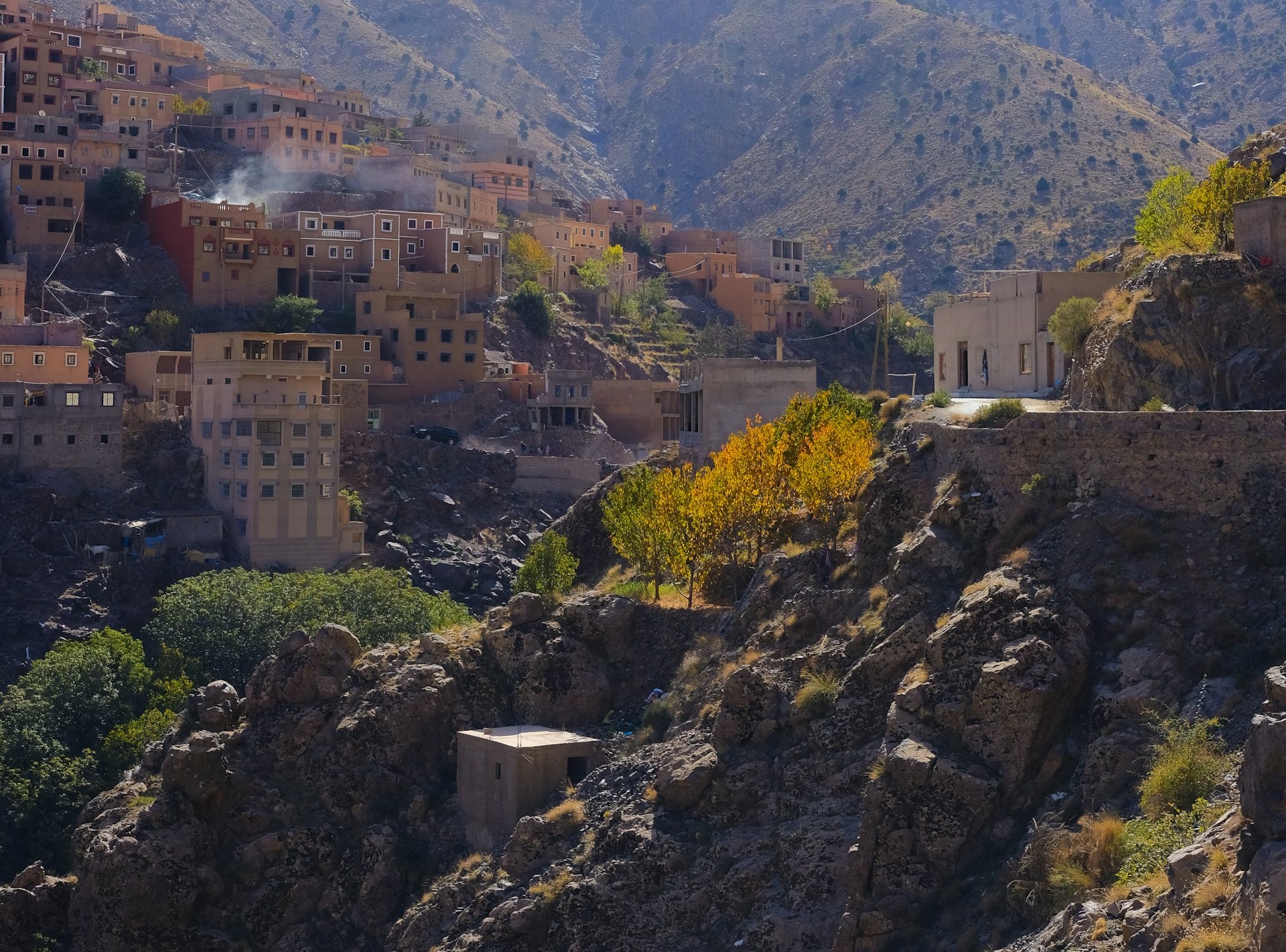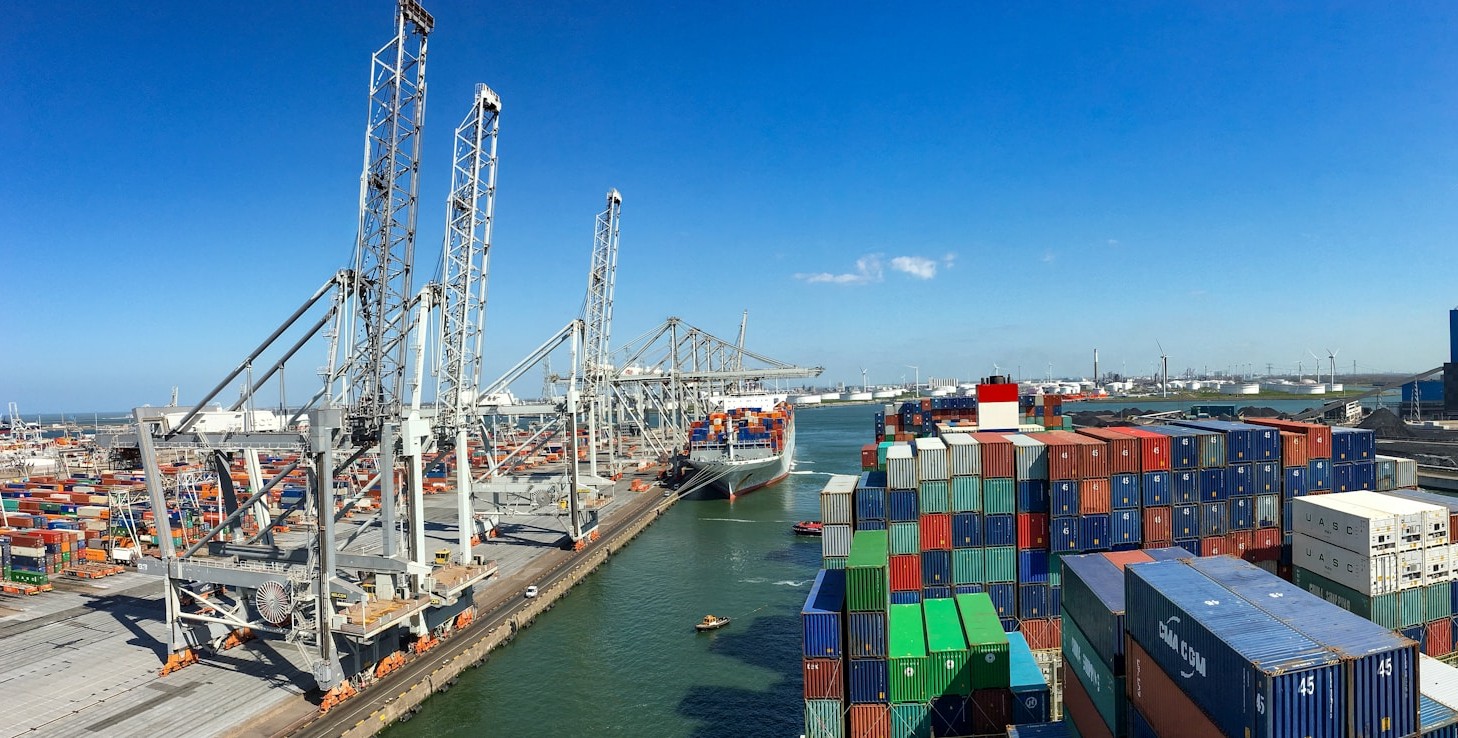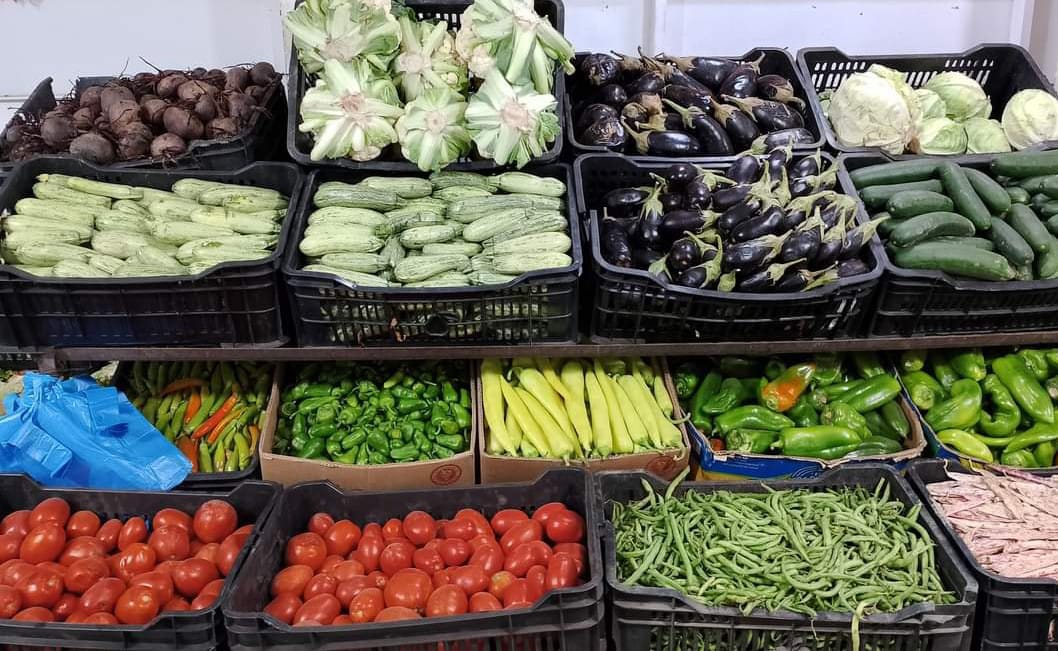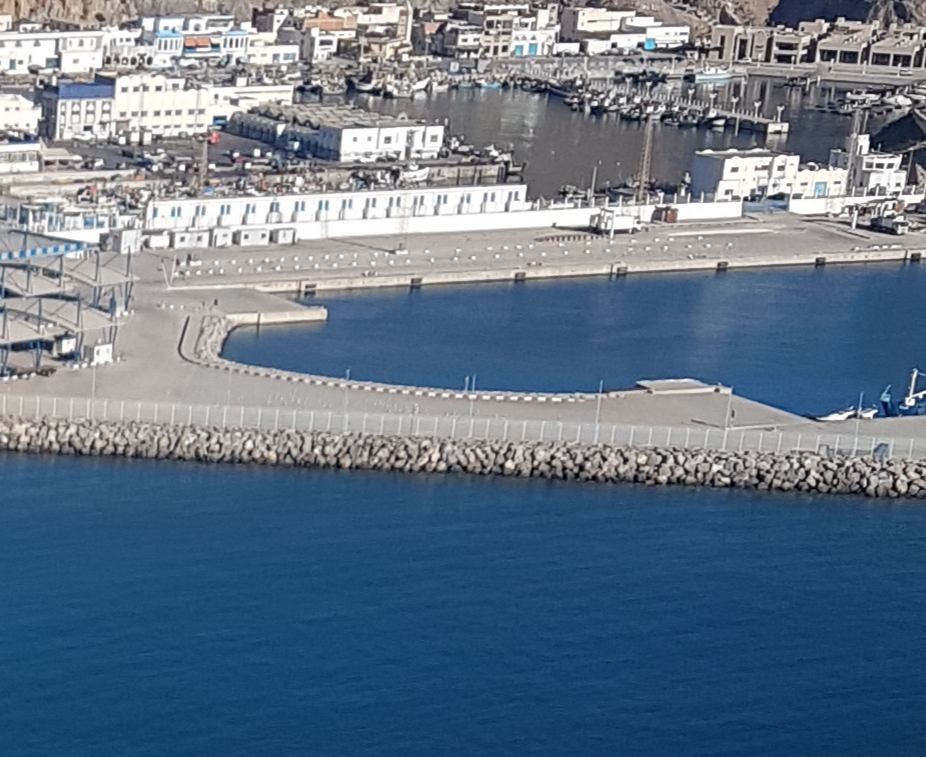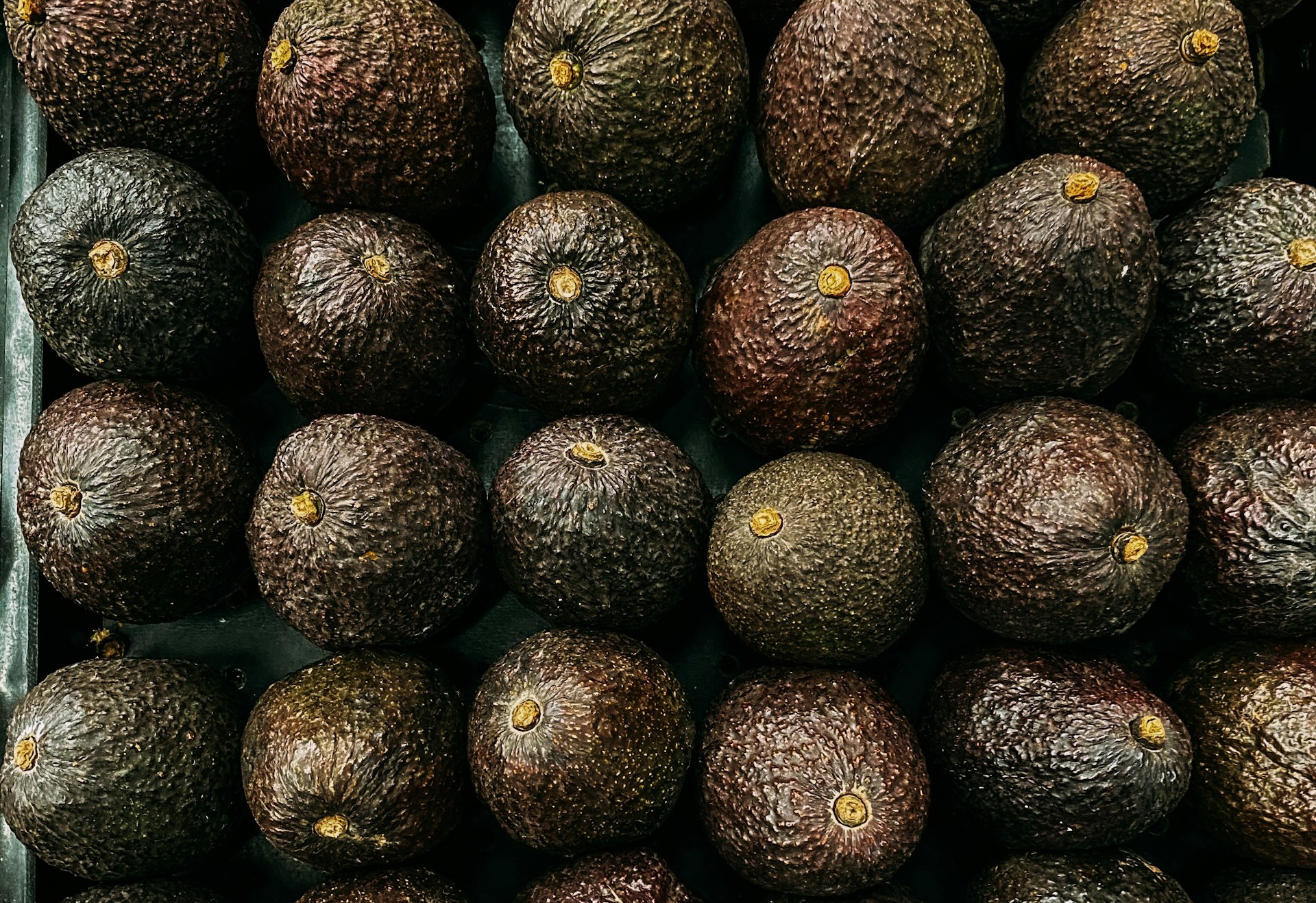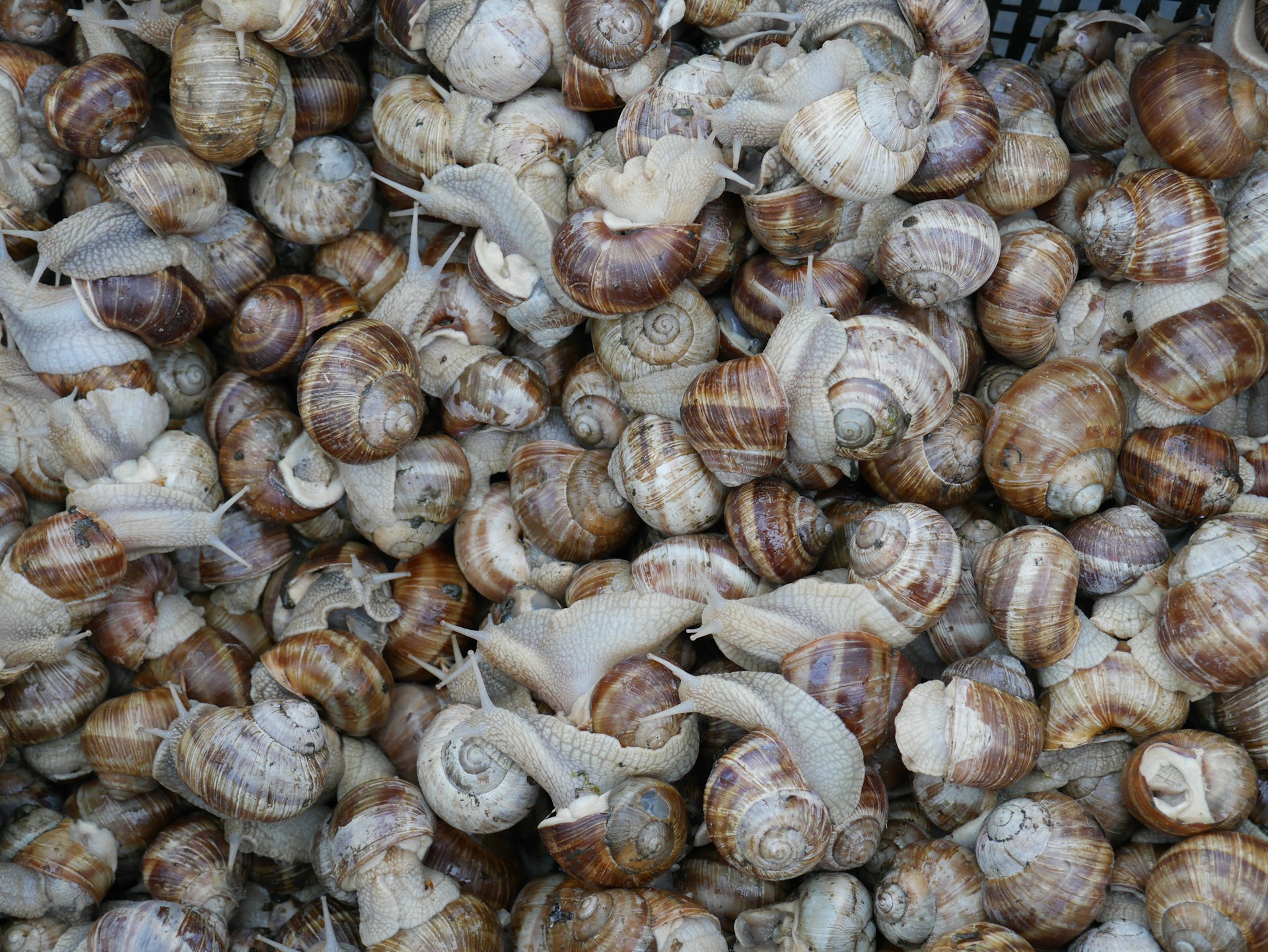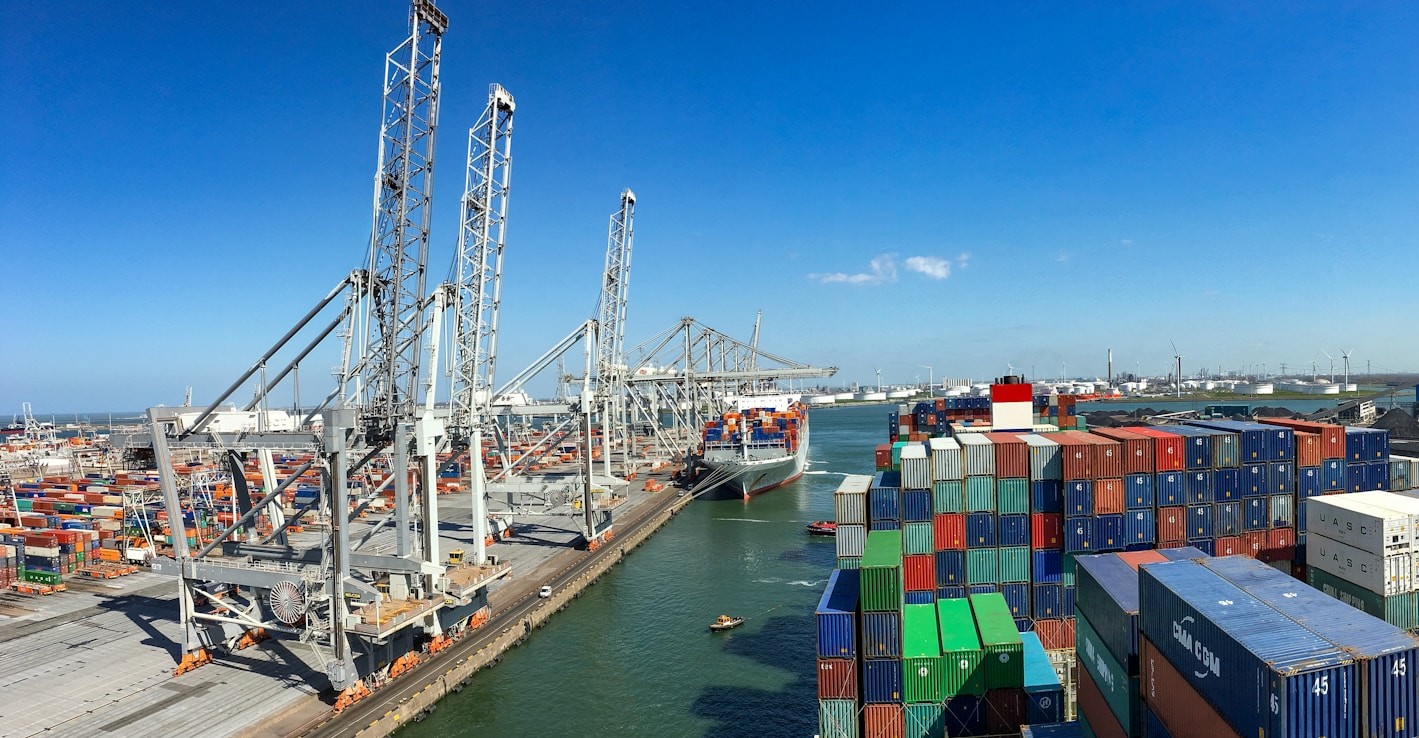Casablanca – Morocco is intensifying its efforts to expand its global trade footprint, focusing on high-potential markets in North America, South America, and Asia as part of a broader strategy to diversify export destinations and reduce dependence on traditional partners. The country’s foreign trade plan for 2025–2027 seeks to tap into underexploited global opportunities, strengthen sector competitiveness, and build long-term commercial relationships in regions where Moroccan presence remains limited but promising.
In recent years, Moroccan exports have experienced steady upward momentum. Total exports reached about $46.9 billion by the end of 2024, compared with $42 billion in 2023 and $36 billion in 2022. This improvement is driven by industrial modernization, increased investment in high-value industries, and a national push to diversify both products and markets. The government estimates that Morocco still has an additional export potential worth roughly $12.37 billion across 22 strategic global markets.
Expanding presence in the Americas
Morocco is placing renewed emphasis on strengthening trade ties with the United States. Although the American market currently represents 7.4% of total Moroccan exports, officials argue that the potential is significantly higher. Recent business forums, including the U.S.–Morocco Trade and Investment Forum in Marrakech, highlighted the growing interest of American companies in agricultural products, aviation components, textiles, and specialty fertilizers of Moroccan origin.
Beyond North America, the government is making a notable push into South America, where trade flows reached about $4.28 billion. Despite this, Moroccan exports to the region remain comparatively small, accounting for only 3.1% of total exports. Authorities estimate that Morocco has untapped export potential of $1.4 billion across South American economies.
The Minister Delegate in charge of Foreign Trade explained that diversifying export destinations has become a priority, given the country’s heavy reliance on the European Union and African markets. A promotional campaign targeting major South American countries is scheduled for early next year, covering Brazil, Argentina, Mexico, and others. The objective is to introduce Moroccan products to local distributors, support business-to-business partnerships, and encourage Moroccan firms to explore high-growth industries in these markets.
Economic missions conducted this year in India, Turkey, Poland, Egypt, and Senegal have also yielded positive results, demonstrating the importance of direct engagement between Moroccan exporters and foreign buyers. Similar missions will be organized in South America to support the private sector’s commercial expansion.
Building demand before strengthening transport links
Officials stress that generating sustainable demand must precede investments in maritime or air cargo infrastructure. Investors in maritime shipping or aviation are unlikely to commit resources to long-distance transport unless high and stable commercial demand exists. Once demand for Moroccan goods in the Americas and Asia becomes more consistent, shipping lines and logistics providers are expected to allocate more capacity to routes linking Morocco with these regions.
Members of Parliament emphasize that Morocco’s advanced port system—considered one of the most competitive in Africa—must be complemented by modern maritime governance, advanced insurance systems, and stronger commercial fleets. They argue that improving maritime logistics will be key to supporting exports of agricultural, industrial, pharmaceutical, and seafood products to distant markets.
Asian markets: steady growth with room for expansion
Moroccan exports to Asia continue to expand, even though their share in total exports decreased slightly to 8.6% in 2024. India, Turkey, and China remain dominant destinations, particularly for phosphates, chemicals, and agricultural products.
Markets in Southeast Asia, however, remain largely underexploited despite showing rising interest in premium agricultural goods. In 2023, Moroccan blueberry exports to Southeast Asia increased by 50%, reflecting growing demand for high-quality Moroccan fruit. Additional opportunities are emerging for tomatoes, citrus fruits, red berries, processed seafood, natural cosmetics, and high-value fertilizers.
To strengthen its presence in the region, Morocco is expanding diplomatic and commercial representation by opening new trade offices in Singapore and Dubai, with further openings planned in São Paulo, Mexico City, and Buenos Aires to support the Americas strategy.
Industrial sectors driving export performance
Several industrial sectors continue to contribute to export growth. The aerospace industry remains a key driver, with exports exceeding $980 million by April 2025—a 14% increase supported by assembly activities and electrical wiring components.
The phosphate industry, led by OCP, recorded a 12.3% increase, reinforcing Morocco’s global position in fertilizer markets. Meanwhile, mining and various manufacturing industries achieved growth above 15%. However, automotive and electronics exports saw a 7% decline due to cyclical factors and reduced global demand.
A long-term vision for “Made in Morocco”
The government’s foreign trade strategy aims to elevate the global profile of “Made in Morocco,” positioning it as a label associated with quality, innovation, and reliability. This involves diversifying markets, improving logistics, strengthening industrial capacity, and signing new trade agreements with emerging economies.
Officials underline that Morocco’s Atlantic Initiative and its growing presence in African and American Atlantic markets will play a crucial role in reinforcing export channels. The upcoming Dakhla port is expected to become a major gateway for trade between Africa, the Americas, and Europe.
Through these combined efforts, Morocco hopes to achieve sustainable export growth, expand its global economic influence, and build a stronger foundation for long-term competitiveness in the international marketplace.
